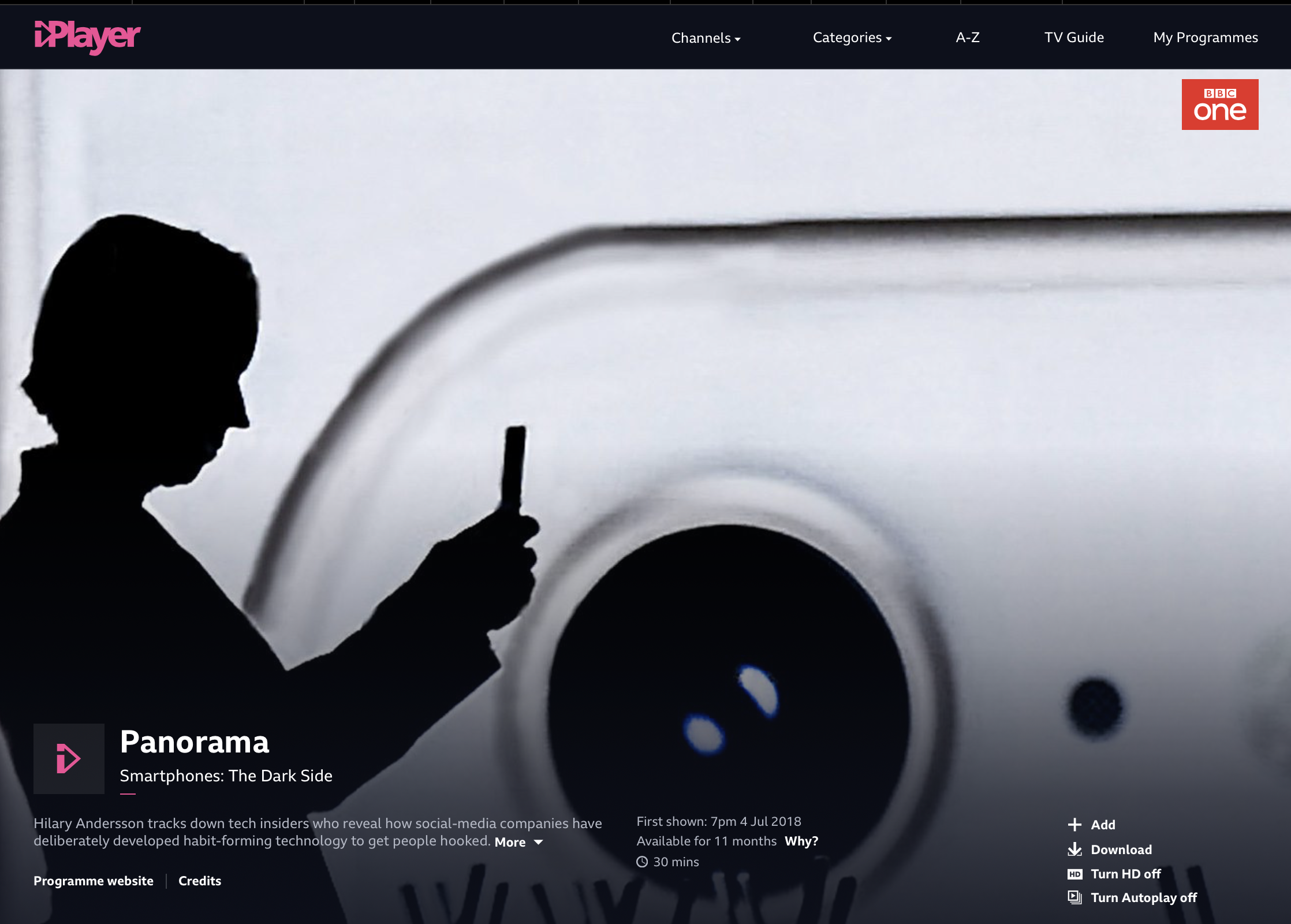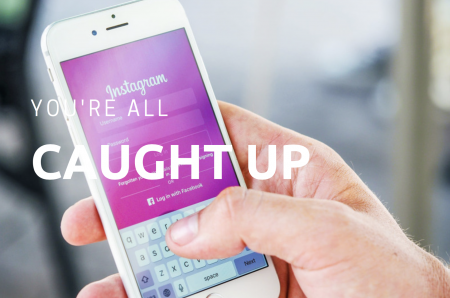Conspiracy to Confession: A Behind-the-Scenes Investigation Uncovers Social Media’s Deliberately Addictive Design
In most eyes, Facebook, Twitter, Instagram and Snapchat are seen as a positive addition to our lives. They allow us to stay in touch with friends, reconnect with old colleagues, share funny stories, pictures and videos; and keep up with the latest trends. It all seemed fun and harmless until their puppet masters admitted to having ulterior motives – Social media is intended to be addictive. Social Media Addiction is here.
An investigation by BBC’s Panorama programme unveils a dark side of popular social media platforms, where creators confess to using psychological manipulation tactics to make their platforms and apps as addictive as possible, despite knowing that this addiction can be harmful to people.
The Secrets of Silicon Valley
The BBC managed to speak to several former and current employees of social media companies, who revealed some surprising secrets about their operations. According to Aza Raskin, one of today’s leading tech engineers and former employee of Mozilla and Jawbone (now in liquidation), many social media companies employ “literally a thousand engineers” with the goal of deliberately making the apps as addictive as possible. And yes, many of these designers and software engineers know exactly what they’re doing, that it can be harmful to people, but they do it anyway. After all, a job is a job, and concern wasn’t included in the description.
Making these platforms addictive is part of the social media business model. The more people use their websites or apps, the more revenue they get from advertising, and the more money they make.
Facebook’s side of the story seems to swing back-and-forth. Sandy Parakilas, who left the company in 2012, acknowledges that Facebook has always, been aware of the platform’s addictiveness, especially to children. When asked to comment, however, Facebook stated that their goal was “to bring people closer”, not turn them into addicts.
Sean Parker, Facebook’s former president, too, agrees that the company has been “exploiting a vulnerability to human psychology”, adding that its founders have been privy to this fact all along.
This is not to say that social media employees are heartless. Lately, there has been a lot of talk about Internet, smartphone and social media addiction, and more and more people are becoming aware, and some have began to realise the consequences of their actions.
Behavioural Cocaine
Aza Raskin is one of the people who admits to feeling guilty. He was the inventor behind the “infinite scroll” feature, used on many apps, like Twitter, today. Raskin claims that he had no idea how addictive this feature is, and calls it “behavioural cocaine”. The problem with infinite scroll, he says, is that it doesn’t provide a person’s brain with any stopping cues. Therefore, a person will spend more time on the website or app than he or she intended.
He compares it to a simple psychological experiment of a self-refilling soup bowl. The experiment showed that people ate more out of the self-refilling bowl than those who had theirs manually refilled.
Leah Pearlman, a former Facebook employee and co-inventor of the Like button, shares a similar story. She also claims the Like button was not intended to be addictive, at least from her side, yet it was later found that a lot of time was put into making it to be just that, down to choosing the most attractive design and colour. Pearlman says she became addicted to Facebook herself, finding herself dependent on getting as many “likes” as possible to up her self-esteem and get validation from others.
The Art of Social Media Addiction
There are many other tactics utilised by social media companies that compel people to come back to them again and again. Parakilas even relates the apps to casino slot machines. Attractive and bright colours, playful logos, and uplifting sounds, being some of the simplest tricks that attract.
One example of using colour to trigger a psychological response is the red dots that pop up when an app issues a notification. Raskin says that the colour alerts the brain to something of high importance, or urgency. So, when many people see that dot, they feel an immediate need to open the app and/or to remove it.
YouTube’s or Netflix’s autoplay feature is based on the same concept as the infinite scroll, which leads to binge-watching of videos and shows. Recently, people have even began to joke, via posts and memes, “How can I not binge-watch the entire season in one night when Netflix automatically plays the next episode for me?”
Notifications are also a very simple way of activating the brain’s reward system, and have the effect of making people drop whatever they’re doing to check up on the update.
Getting more likes, followers, or retweets can also get many people obsessed easily, especially when people are taught to think that their self-worth or level of social acceptance is defined by how popular they are on the web.
A consequence of that is people developing a “fear of missing out” (FoMO), which rises from a need to stay on top of the trends, causing people to spend more time on social media in order not to be the-last-to-know about current events. This almost works as free advertising, in certain situations. For example, if all your friends are into the same show, you’ll feel more compelled to watch to it, or post about it, too, so you won’t end up the odd-one-out.
Take “Kendra Steele”, for example, a girl who loves chatting with her friends on Twitter and watching reality TV. Given everything that has been mentioned, it was interesting to ask her about the reasoning behind one of her recent tweets:

Just How Addictive is Social Media?
People trying to quit social media compare it to quitting drugs or alcohol. Both Leah Pearlman and Sandy Parakilas, who were both employees and active users of Facebook, said that they had tried to stop using Facebook after leaving the company, and found it incredibly challenging.
“It literally felt like I was quitting cigarettes”, confides Parakilas. This shows the power of the psychological hold social media has over people.
Some people have learned counter-tactics that reduce the distracting power of these apps. For example, one can turn off notifications completely, or allow them for only specific apps or specific people. Aza Raskin sets his phone to greyscale mode, because it reduces the attractiveness of social media apps and lessens the temptation to use them.
The Centre for Humane Technology, an organisation seeking to alleviate the epidemic of human addiction to smartphones, technology and social media, provides many helpful tips on how to lessen your device’s addictive power.
Awareness on the Rise
Since 2013, the Centre for Humane Technology, previously known as the non-profit Time Well Spent, has been working hard to raise awareness about the “humane technology movement”. With technology becoming more and more integrated in people’s lives, there is the potential for it to reach a harmful level. CHT’s goal is to make sure companies keep this potential problem in mind, and teach them how to make technology more humane.
Now that this issue is being widely spoken about, some social media platforms have begun to make changes, Facebook included.
Mark Zuckerburg alleged recently that he plans on changing Facebook for the better, introducing new features that will, hopefully, prevent users from becoming addicted.
Instagram, too, updated their app to include an ” You’re All Caught Up” message as a signal to stop scrolling.
Of course, addiction can’t be treated unless a person admits they have a problem, and if people don’t know that social media can be addictive, how can they see that something is wrong? Now that the humane technology movement is becoming more well-known, things are starting to change. As awareness of technological addiction spreads, and both people and companies realise its potential consequences, we may see companies adjust their approach for the better.
Once a person admits they have a problem, they can start by disabling push notifications to lessen the anxiety associated with the urgency of constantly checking their feed. Find something else to do – reading a book, exercising, walking or seeking new hobbies are all very productive activities.
Before posting something on your social media profile, stop and think about what your audience would like to see on the social feed; and most importantly, don’t get caught up in the screen and try to live in the moment, enjoy your surroundings instead of using all your time to fill your social media feed.
Castle Craig Hospital is a landmark of addiction and mental health treatment in Scotland, serving the UK, the EU, and patients from all over the world. Contact Us for more help and information. Our commitment to long term abstinence has created a successful program of clinical and complementary therapies for mind, body, and spirit. Serving over 10,000 patients for more than 25 years, the Castle Craig model is proven in changing lives. Call our 24 hour free confidential phone-line for information: 01721 546 263. From outside the UK please call: +44 808 271 7500




